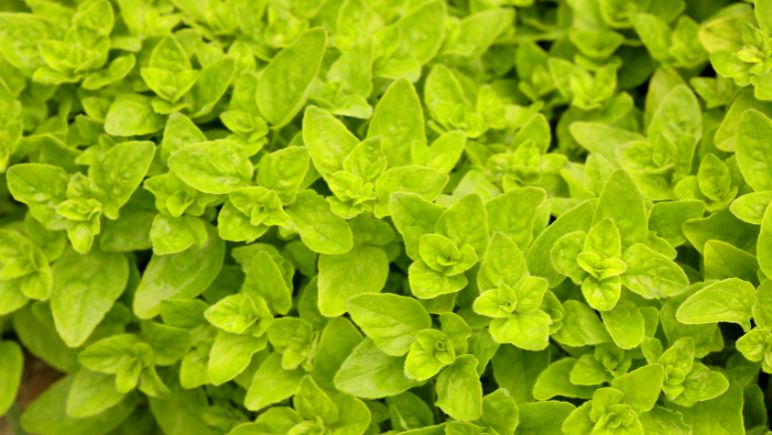Plants
Can Marjoram Be Grown at Home

Yes, marjoram can be grown at home in a variety of climates. It is a perennial herb that is native to the Mediterranean region and is easy to grow in a variety of soil types. Marjoram prefers well-draining soil and full sun, but it can also grow in partial shade.
To grow marjoram at home, follow these steps:
- Choose a sunny location in your garden or patio with well-draining soil.
- Sow marjoram seeds in the spring, after the last frost has passed. Alternatively, you can purchase marjoram seedlings from a garden center.
- Plant marjoram seeds or seedlings about 6 inches apart and water well.
- Keep the soil moist, but not waterlogged. Marjoram prefers well-draining soil and does not tolerate wet feet.
- Fertilize marjoram every two weeks with a balanced fertilizer.
- Prune marjoram regularly to encourage new growth and to keep the plant looking neat and tidy.
- Harvest marjoram when the plant is mature, and the leaves are fragrant. Marjoram can be harvested at any time during the growing season.
Overall, marjoram is easy herb to grow at home and can be a rewarding addition to any garden. With a little care and attention, you can enjoy the flavorful and medicinal benefits.
